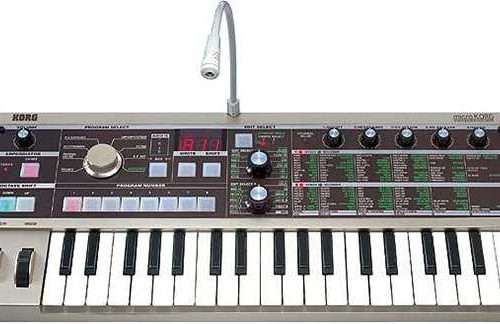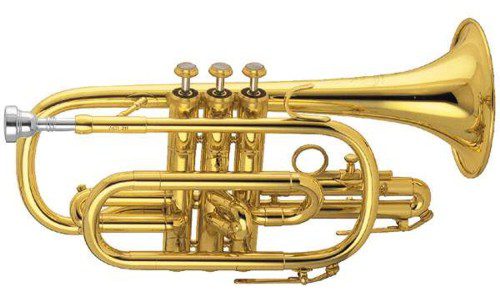Main music genres
Today’s post is dedicated to the topic – the main musical genres. First, let’s define what we consider a musical genre. After this, the actual genres will be named, and at the end you will learn not to confuse “genre” with other phenomena in music.
So the word “genre” is of French origin and is usually translated from this language as “species” or genus. Hence, musical genre – this is a type or, if you like, a genus of musical works. No more and no less.
How do musical genres differ from each other?
How does one genre differ from another? Of course, not just the name. Remember the four main parameters that help you identify a particular genre and not confuse it with some other, similar type of composition. This:
- type of artistic and musical content;
- stylistic features of this genre;
- the vital purpose of works of this genre and the role they play in society;
- conditions in which it is possible to perform and listen (view) a musical work of a particular genre.
What does all of this mean? Well, for example, let’s take as an example such a genre as “waltz”. Waltz is a dance, and that already says a lot. Since this is a dance, it means that waltz music is not played every time, but precisely when you need to dance (this is a question of performance conditions). Why do they dance the waltz? Sometimes for fun, sometimes to simply enjoy the beauty of plasticity, sometimes because dancing the waltz is a holiday tradition (this goes to the thesis about life’s purpose). The waltz as a dance is characterized by whirling, lightness, and therefore in its music there is the same melodic whirling and elegant rhythmic three-beat, in which the first beat is strong like a push, and the two are weak, flying (this has to do with stylistic and substantive moments ).
Main music genres
All genres of music, with a large degree of convention, can be divided into four categories: theatrical, concert, mass-everyday and religious-ritual genres. Let’s look at each of these categories separately and list the main musical genres that are included there.
- Theater genres (the main ones here are opera and ballet; in addition, operettas, musicals, musical dramas, vaudevilles and musical comedies, melodramas, etc. are performed on stage)
- Concert genres (these are symphonies, sonatas, oratorios, cantatas, trios, quartets and quintets, suites, concertos, etc.)
- Mass genres (here we are mainly talking about songs, dances and marches in all their diversity)
- Cult-ritual genres (those genres that are associated with religious or holiday rituals – for example: Christmas carols, Maslenitsa songs, wedding and funeral laments, spells, bell ringing, troparia and kontakia, etc.)
We have named almost all the main musical genres (opera, ballet, oratorio, cantata, symphony, concert, sonata – these are the largest). They really are the main ones and therefore it is not surprising that each of these genres has several varieties.
And one more thing… We must not forget that the division of genres between these four classes is very arbitrary. It happens that genres migrate from one category to another. For example, this happens when the real genre of musical folklore is recreated by the composer on the opera stage (as in Rimsky-Korsakov’s opera “The Snow Maiden”), or in some concert genre – for example, in the finale of Tchaikovsky’s 4th symphony a very famous folk song. See for yourself! If you find out what this song is, write its name in the comments!
P.I. Tchaikovsky Symphony No. 4 – finale



